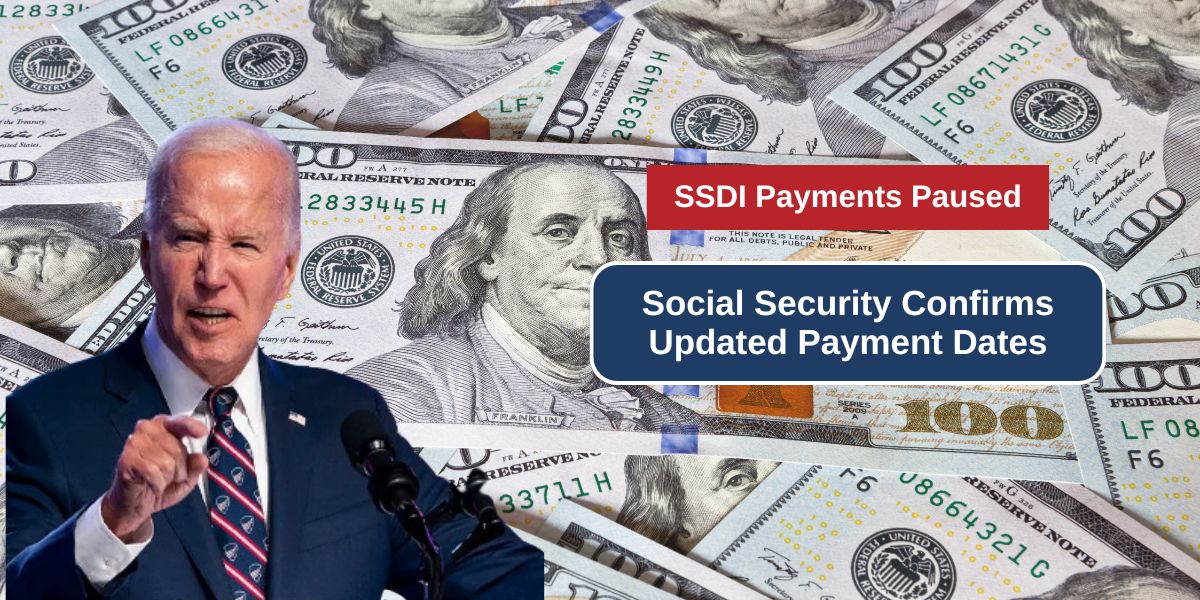Social Security Disability Insurance (SSDI) offers essential financial support to Americans who cannot work due to a disability. Unlike Supplemental Security Income (SSI), SSDI payments are scheduled four times a month, with recipients receiving their benefits on one specific date. It’s important for SSDI recipients to be aware of their payment schedule and to understand if they qualify for additional benefits for their family.
Table of Contents
August Payment Dates
In August, SSDI payments are scheduled for the 14th, 21st, and 28th. Your birth date determines the precise day you get your payout. If your birthday is between the 1st and 10th of the month, expect your payment on August 14. If your birthday falls after these dates, you may receive your payment on August 21 or 28, unless you received a payment on August 2.
| Rare Bicentennial Quarter Worth Nearly $29 Million |
| Veterans Stimulus Check 2024 |
| Hyundai Kia Class Action Lawsuit 2024 |
| Bank Of America Settlement 2024 |
| Capital One Class Action 2024 |
Who Is Eligible?
To receive the August 14 SSDI payment, your birth date must fall between the 1st and 10th of the month. However, if you began receiving SSDI benefits before May 1997, you are not eligible for the payments scheduled for August 21 or 28. Additionally, SSI recipients will not receive payments on August 14, 21, or 28.
Payment Amounts
SSDI payments can vary widely. The maximum amount can reach up to $3,822, but the actual benefit received depends on factors such as the recipient’s work history and earnings before becoming disabled.
Typically, individuals who have not worked for at least 35 years or who had lower earnings may receive an average or lower payment.
Here’s a brief overview of potential SSDI payment amounts:
| Payment Type | Average Amount |
|---|---|
| Individual | $1,537 |
| Spouse | $420 |
| Child | $493 |
Family Benefits
SSDI benefits can also extend to the family members of the disabled worker, offering extra financial support. Spouses and children of SSDI recipients are eligible for their own benefits, which can help alleviate financial strain. On average, a spouse may receive about $420 per month, while a child could receive approximately $493.
Important Considerations
It’s crucial for SSDI recipients to report any changes in their circumstances that might impact their eligibility or payment amount. This includes updates to income, living arrangements, or family status. Staying informed and proactive ensures you obtain the advantages you are entitled to and eliminates payment disruptions.
Understanding the payment schedule and eligibility criteria for SSDI is key for effective financial planning. Whether you receive the maximum benefit or a lower amount, knowing when and how much to expect can help you manage your budget more effectively.
Conclusion
The temporary pause in SSDI payments from August 5 to 13 has been confirmed, with new payment dates set to ensure a smooth distribution process. Understanding these adjustments is crucial for managing your finances and planning accordingly. By staying informed about your payment schedule and any potential changes, you can better navigate the financial implications and avoid any unexpected disruptions. Ensure you’re up-to-date on the latest information from the Social Security Administration (SSA) to make the most of your SSDI benefits.
FAQs
Can the payment dates be changed?
While the SSA typically follows a set schedule, unforeseen circumstances can sometimes lead to changes. It’s important to stay informed through official SSA communications for any updates or modifications to payment dates.
What should I do if I don’t receive my payment on the expected date?
If you do not receive your payment on the expected date, first check your direct deposit account or mail for any delays. If there’s still an issue, contact the Social Security Administration for assistance and clarification.





